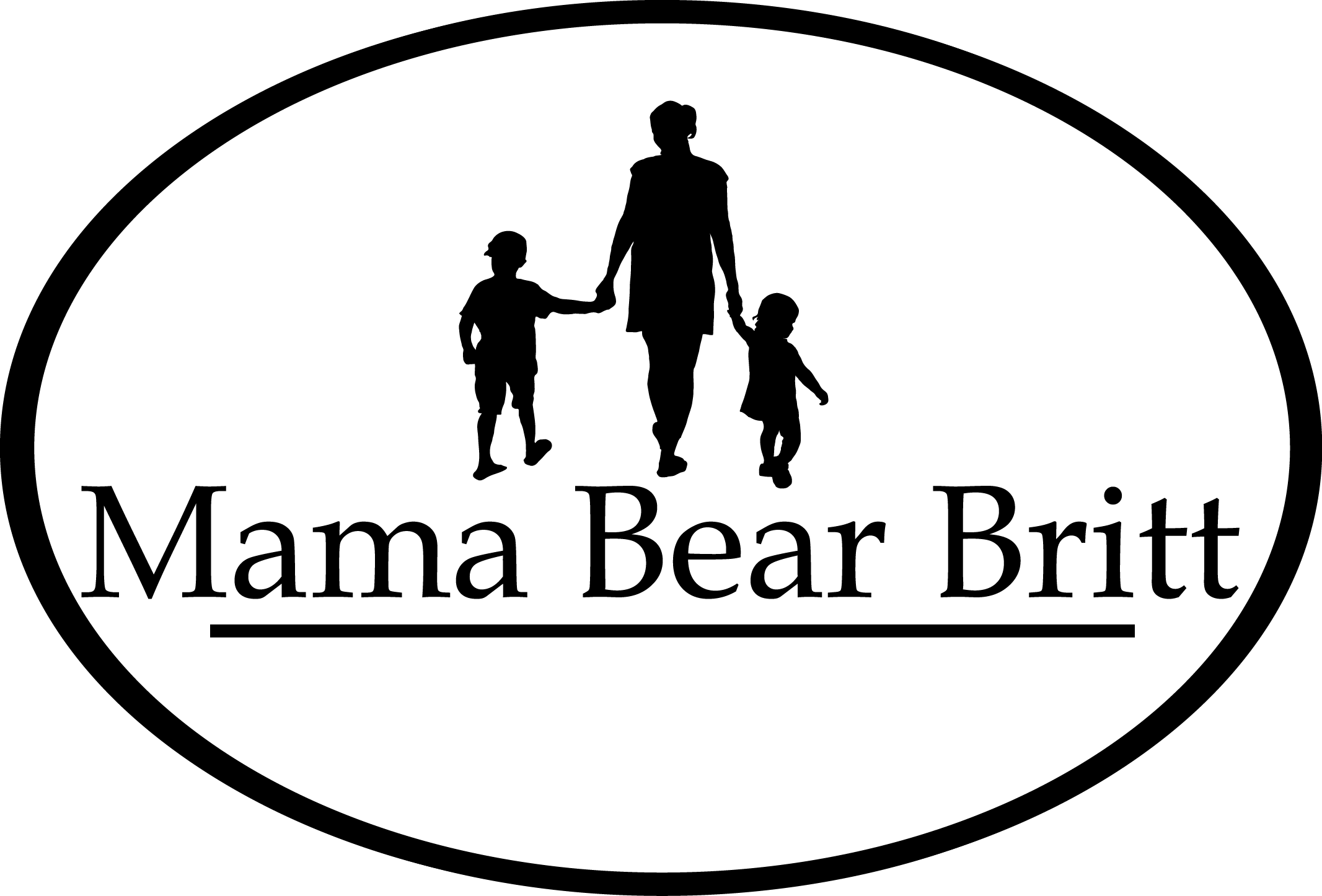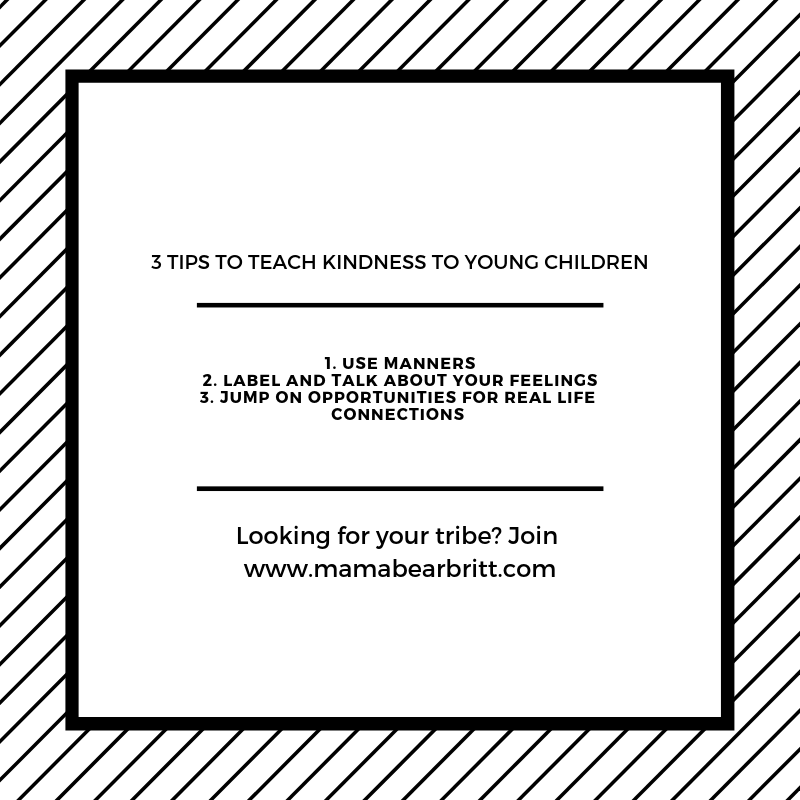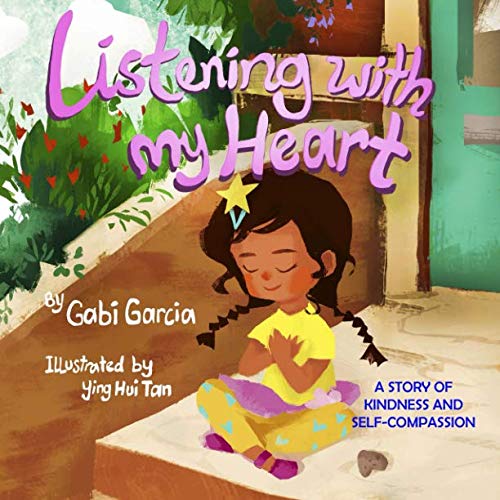Kindness: Teaching Young Children to Be Kind
Kindness: Teaching Kindness to Young Children
Being kind is such an important quality that I want my children to know, understand, and apply on a day-to-day basis. Being kind has the power to change and impact, it has the power to build and lift, it is inspiring and infectious, and something I am trying hard to instill. But, it can be difficult to teach, hard to understand, and even harder to practice for children. Children come from the perspective of “me.” According to Piaget’s stages of development, children between the ages of 4-7 are in the preoperational stage, which is characterized by egocentric and self-centered thinking. It is hard for them to understand thinking or perspective outside of their own. Therefore, abstract concepts, such as kindness, can be difficult to truly understand, since it takes other’s thoughts, feelings, and emotions into consideration. However, it can be explained and practiced with some forethought and age specific application. Teaching kindness is crucial in helping lay down appropriate frameworks for young children. So how do we do this?
How do we teach Kindness to young children?
When approaching concepts that are difficult to grasp, it is best to relate and explain in a real-life way, relating directly to their experiences. Use scenarios that have happened on the playground, in the classroom, on play dates, running errands etc. For example, if you and your child are reading a book and another child approaches and want to hear the story too. Your child may respond back with a “no!” because they don’t want to share the story and they do not want to share their time with you. There is a lot that can be said in this moment, for learning purposes, but we are focusing on the goal of kindness. You could respond back with something like “you and I are together reading the story. I love reading stories with you.” It is important to first address and validate their initial feeling and/or fear so they feel heard and to be ready to receive further information. Once this is address, you can respond with “It would be kind to also let Jimmy listen to the story, do you think he can sit here or over here?” Explain the kind act and give them a sense of control in the scenario if they are having a hard time. Empowering children is also helpful in relieving stress and distracting from their initial problem, by giving them something to have control over. The more and more you teach your child in real-life applications about the importance of kindness, they will begin to understand for themselves, they will soon recognize these acts, and they will practice kindness in their own life.
Use real life examples to teach kindness
The other day, my daughter and I were leaving the library with an absurd number of books (I am trying to learn a new hobby and my children are avid book lovers). Of course, I was carrying most of the books myself and on the way out I wanted to grab the latest edition of our local parenting magazine. From behind the books, I asked my daughter if she could help me by grabbing the magazine with her free hand. At the same time as my request, a gentleman was walking through the door and heard. He quickly responded, “allow me to get that for you,” and handed my daughter the magazine. Of course, I thanked him for his kindness and wished him a great rest of the day. My daughter recognized the act of kindness and said, “that was nice of that man to help us.” At that moment, I was gleeful! She was at the point of being able to recognize kindness from others and I used this as a learning opportunity for her. We talked on the drive home about how helping other’s makes people happy. We went back and forth giving examples of how we can be kind to others and recalled when people were kind to us. Learning happens when imagination and curiosity are peaked; this is when you take advantage and run with it. When my daughter recognized the kind act and talked to me about it, she opened the door for further conversation on kindness.
3 Ways to practice Kindness with young children:
1. Always use manners; yes, please, thank you, you’re welcome, excuse me, I’m sorry etc. (sometimes my daughter will ask, “why did you say so and so to that person” and I explain why I did in that moment and why it was important. Point out to your child when someone does not use manners and ask them how it makes them feel or tell them how it made you feel). Modeling is one of the biggest ways we teach our children how to behave.
2. Label and talk about feelings (positive & negative) when they come up: If my daughter does something I do not like, I explain why I don’t like it and how it makes me feel. For example, if she doesn’t listen I will tell her it makes me sad and hurts my heart she chooses not to listen to my words. This is far more impact than merely just shouting at them “listen!” On the flip side, when she colors me a picture or gives me a hug, I always tell her “thank you” and how it makes me feel so happy and loved.
3. When an opportunity strikes, jump on it: throughout your normal day, when you see room for kindness from either your child or yourself, jump on it. For example, if your child is playing in the sandbox with toys and another child is walking around sheepishly, you can talk to your child about how that child must be feeling and how this is great opportunity to be kind, by offering them a sand toy. If you see an opportunity for you to be kind to someone, do it, and always explain your actions to your child. For example, “I am going to hold this door open for this lady because she is walking in right after us and I got to the door first. Holding the door open is kind so she can walk into the store without any trouble.”
Kindness is a beautiful and powerful thing. It can be simple, yet make a statement. The world needs more kindness and we need to do our part to add more good to the universe. We do this by modeling kindness to our children, teaching them the importance of being kind to others, and having an open dialogue about kindness and feelings with our children. Remember to be patient and to understand the development of your young child’s brain. They are egocentric by nature and have trouble thinking beyond their own thoughts, but using real life examples will make the connections needed to gain understanding.
Here are some fantastic resources to help your little one understand kindness:
Want more parenting tips or preschool/toddler activities? Subscribe for related articles. Follow Mama Bear Britt on Instagram, Facebook, and Pinterest!
Looking for similar articles? Check out Helping young Children Make Friends & Teaching Gratitude.







